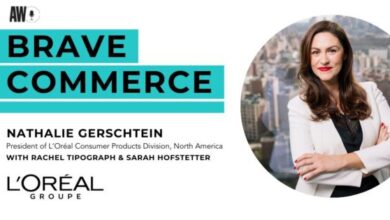
The ANA recommends brands work with between five and seven SSPs. Meanwhile, a separate study found that 38% of brand marketers are working to refine their SSP activity. Publishers, speaking earlier this year during turbulent SSP headwinds, agree that their tech partners should offer bespoke features and selling opportunities, rather than simply drum up as much demand as possible.
If a bid request falls in a forest
The fact that so many bid requests go unanswered isn’t inherently an existential crisis for the businesses of open web publishers.
“We sometimes get [ad request] calls for pages that don’t have any ads on them, or we’ll get called for five sizes for an ad, or we’ll get called even though that ad has committed to a sponsorship advertiser,” Eifler said. “The requests far exceed the actual number of advertising opportunities.
A bid request often corresponds to a set of eyeballs, not an actual ad slot. Plus, a publisher could be seeking to monetize a single ad slot in multiple ways, for example, the site might take one long banner ad or two short ones, Eifler said.
SSPs are at the end of the innovation cycle
Mike Brooks, industry consultant
Yet the 1% metric is very important to the economics of SSPs, the first executive said. If the fill rate slips below 1%, an SSP would be in a difficult situation. If it grew, that firm would have more profit margin to play with, they said.
The similarity of fill rates between SSPs is indicative of the matureness, and at times commoditized, nature of open web auctions, where SSPs fight over delivering the cheapest CPM to advertisers.
“[SSPs] are at the end of the innovation cycle,” said Mike Brooks, who has served as an executive at several sell-side ad-tech companies. Other services that SSPs provide, like SPO, can show more differentiation between providers.
Dwindling supply due to signal loss
Against the backdrop of unanswered bid requests, there is also less supply getting monetized. The culprit here is a different phenomenon: signal loss.
“There is no appetite to monetize unidentified inventory,” said a second SSP executive source.
The impact of Apple’s rejection of third-party cookies has been immense but gradual, starting with 2017’s deprecation in Safari and nixing identifiers in iPhone in 2021, as mobile ad-tech firms have resorted to fingerprinting to maintain tracking. But Apple has been slowly closing loopholes, Brooks said.





